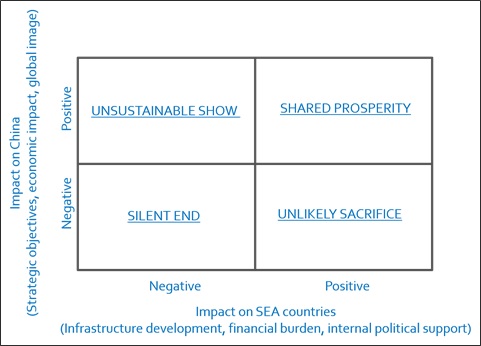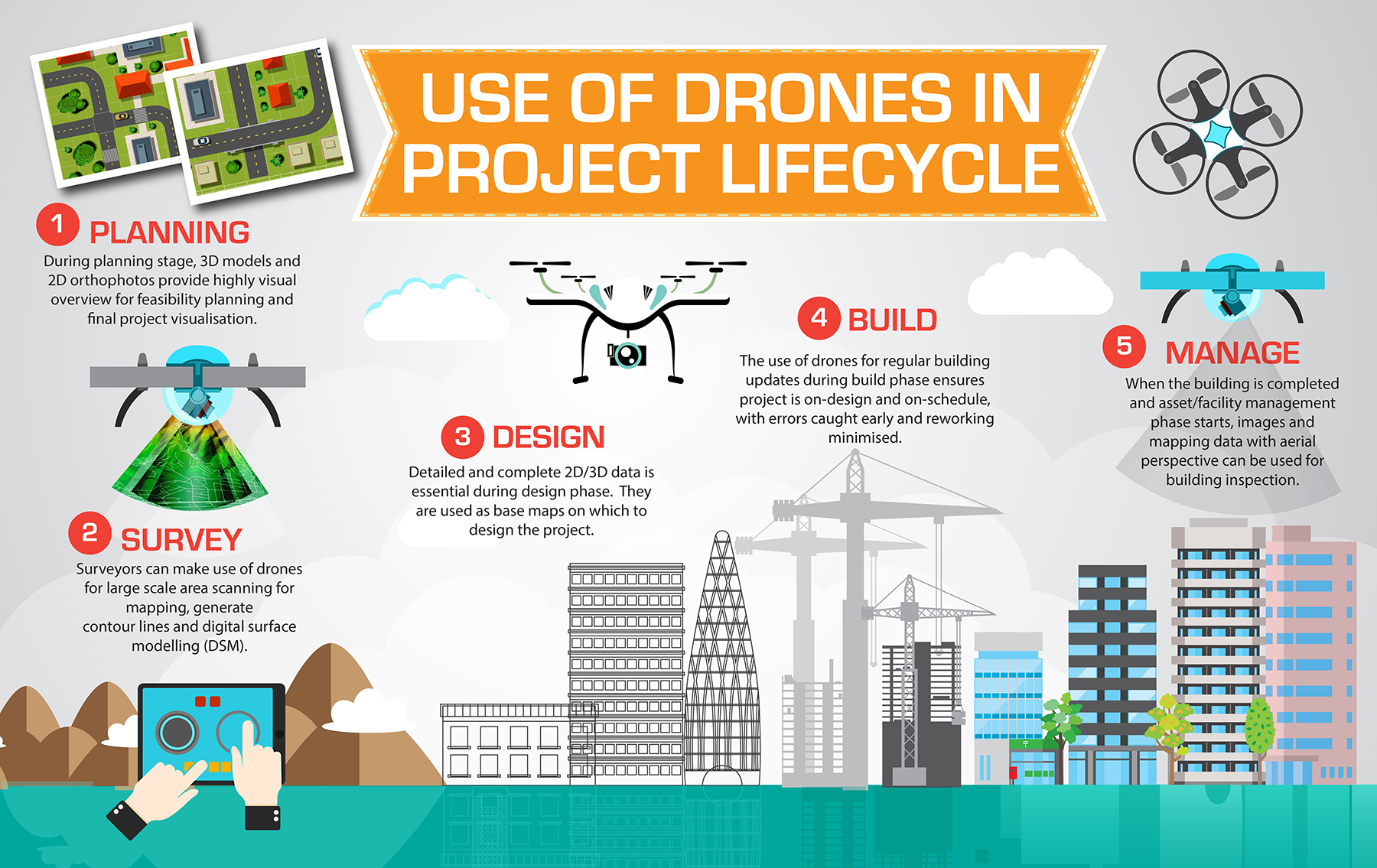Flowing and Taking Form, Digitally
Universally, the Water Sector has embarked on a journey towards digital transformation, in tandem with the technology shifts happening in other infrastructure industries. Smart technology has crept into our lives, in ways we do our work as designers, and how various infrastructure owners operate and maintain their assets.
It is an exciting time for our industry, and it is interesting figuring out which side of the fence we are sitting on. We need to ask ourselves; do we want to miss the opportunities presented by new technologies, or do we want to be an early adopter?
The key to success is being aware, adaptable and be ready to take on change.
Not only must we be open to the digital innovation wave that is presented to us, we must also be ready to select the technologies we want to champion and apply early. In doing so, our clients can capitalise on these advances.
A large part of SMEC’s business derive from setting foot in the early adopters’ camp. We take on proven technologies and processes as they become available to us, and partner with companies to drive new opportunities. Some of the real value is making technologies available, and tailoring them to our clients’ specific needs.
Novel Ways to Capture and Interpret Data
Remote data capture is already embedded within the engineering community across the board and particularly within the hydropower, dams and water sector.
We move across various spectrums of technology – from aerial photography, to drones, LIDAR, 3D scanning and multiple forms of remote capture that acquire a broad data scope. The team focuses on cross-examining the data, and importantly, aims to capitalise the depth and richness of the data in different ways. A great example of this is how we manage both the collection and interpretation of data from drones.
While we are accustomed to using drones for project images and videos, our requirements have also advanced at a rapid pace. Often, there is significant cost and time involved, and limitations on how much data a person can collect within a certain amount of time. Now we are starting to use drones in confined spaces, inside a reservoir, pipeline, manholes, pits and places which potentially pose danger to people.
The role of the engineer has also shifted in how he uses technology in a much more interactive and effective way, to increase the quality of data captured – including real time capabilities.
Back in the office, we use smart automation to connect multiple data sources and analyse the results. The data interpretation is complex and operators still require a solid technical background to understand how to analyse the data.
Driving Innovation Through BIG Data Analytics
It is possible to capture large data sets from clients over several years of asset monitoring. We utilise unguided analytics – find patterns in the data without any technical preconceptions – to extract valuable insights, and then leverage on our technical experience to understand and apply those patterns.
This is a process which has been applied recently with Queensland Urban Utilities (QUU), one of the largest water distributor-retailers in Australia – supplying drinking water, recycled water and sewerage services to a population of more than 1.4 million in South East Queensland. The SMEC team did some unguided analytics on the work order history of sewage pump station assets (such as requests for repairs, replacement and other works) as part of the “Enhanced Condition Assessment Programme”. The analytic plots revealed patterns and trends in the dataset which allowed QUU to make informed decisions on how to prioritise their maintenance efforts, future budgets and reduce the operational risk of assets (i.e. assets which are causing the most outages/disruptions, and then targeting them for future maintenance strategies). We were able to pull trends from the data results and confidently engage QUU with data driven recommendations to improve maintenance operations across their asset portfolio.
Championing VR/AR
The SMEC team also recently completed a 3D scanning project in the galleries of a wastewater treatment plant for South Australia Water. This project involved areas which were difficult to access by conventional means. The team produced a 3D model of the galleries which was used as an important resource for the design of key remediation works.
In addition to producing the 3D design, SMEC has championed virtual and augmented reality (VR/AR) in the built environment. Other civil engineering and water infrastructure projects include the iconic Snowy 2.0 project, a proposed pumped-hydro expansion of the Snowy Mountains (New South Wales) Scheme which will supercharge its existing hydro-electric generation and large-scale storage capabilities. Here, we utilised VR construction visualisation. Additionally, we have transformed the design into an animated construction sequence where we can see how the project will actually be constructed.
Technology’s Role in Water Security
A recent online article in Create magazine (https://www.createdigital.org.au/magazines/australias-water-security-issues-engineering/) written by my SMEC colleague, Jonathan Kent, outlines how Australia is increasingly adopting dams and engineered water storage. He described how other more high-tech and expensive technologies such as desalination have been installed to provide increased water security to major urban areas. I agree that providing water security to the driest and most in-need areas is the most challenging issue to overcome, especially when urbanisation of major coastal centres continues.
The SMEC team is providing expertise to address the issue, and we are working with Water New South Wales (NSW) on the implementation of the Wentworth to Broken Hill Water Supply Project, which will provide greater water security to regional NSW.
Leading Innovation Across Other Areas of Specialties
To keep up with challenging external environments, our clients and partners are increasingly placing high values on innovation. SMEC has entrenched this culture of innovation with an Innovation Grants Programme, which provides employees an opportunity to pitch and refine their ideas for innovation, and a chance to secure funding to develop their ideas.
Our commitment to smart technologies within the water sector aligns with our broader interest in renewables and sustainability. Our designs positively impact the built environment and help to shape a better future for all.
SMEC was also the Design Lead on the Sydney Metro Northwest surface and viaduct civil works (SMNW-SVC) project, which has been consistently recognised for innovation and sustainability. In 2015, the project won a Leading Design IS rating from the Infrastructure Sustainability Council of Australia for the most environment-friendly project design. In 2017, the project was recognised as a “Leading” As-Built IS rating – the highest possible score for sustainability. And in 2018, the project clinched “Project of the Year” and “Global Best Rail Project” from Engineering News-Record (ENR), which described its design as ‘elegant, innovative and sustainable’.
This article was first published in Infocus, SMEC’s digital platform (http://www.smec.com/infocus/expertise/powering-the-water-sector-using-smart-technology/)
Perspectives, developed by SJ Academy, is our platform to explore new ways of tackling some of today’s most complex challenges. We draw on ideas and opinions from our staff associates and experts across different businesses. Click here to read more about Aviation Planning in Singapore, Infrastructure & Connectivity, and Facilities Management.












